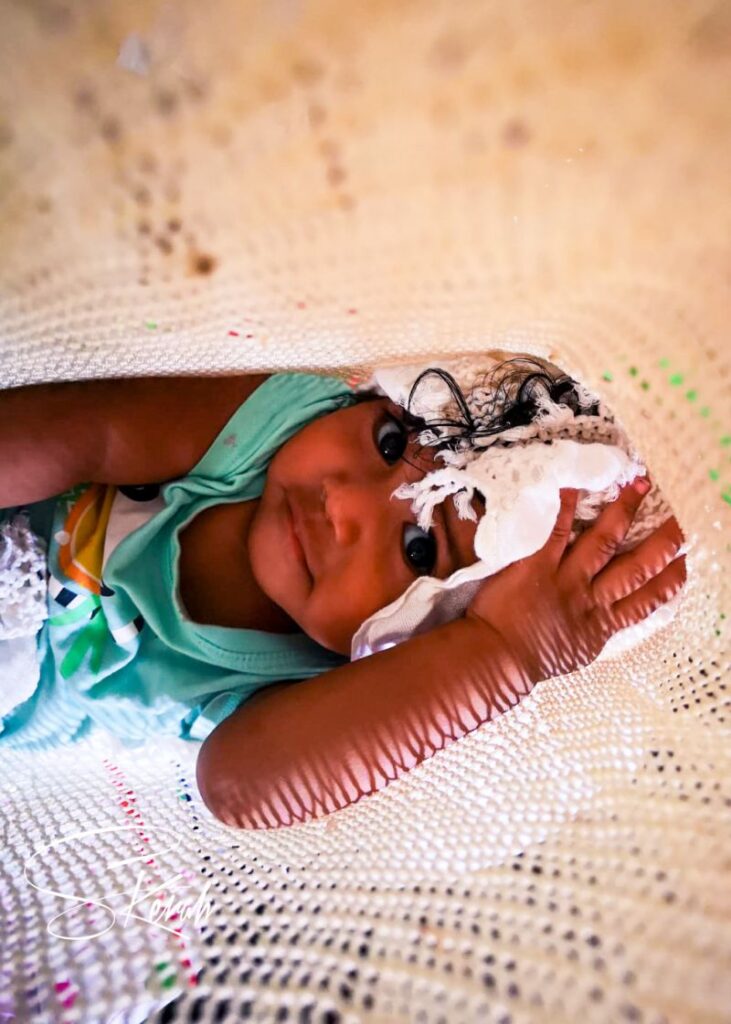Kiapa Kulture
The Kiapa Kulture
- skerah
-
Post Views: 536
- No Comments
A lot has been said about the Bilum and how it has been culturally “misappropriated”. The Bilum, as we all know, is a woven bag or “stringed bag” made by local PNG women.
It is an iconic cultural feature.
Sadly, there is no regulation or control to protect it from exploitation. As we have already seen, high end foreign bag manufacturers and suppliers are using it for their luxury line, unsurprisingly, with a hefty price tag.
To complicate the matter, the word “BILUM” is a registered trademark in France for hand bags, travel bags etc…
There was some word last year about the IPA and Cultural Commission looking into this and it would be interesting what control mechanisms they have come up with (if any).
But ultimately, it will be difficult to control and the very least the regulators can do is open markets for our local women to sell their wares at reasonable prices. The Bilums used to be affordable but they are now very expensive even those sold locally.
One particular item in the Motuan culture, which isn’t probably under threat to the extent of the bilum, but nonetheless could come under threat is the “Kiapa”.
It looks like a Bilum, is made in the same process but used for an entirely different purpose. The Bilum is primarily a hand-bag.
The Kiapa, on the other hand, is best described in so far as its purpose is concerned, is the Motuan version of a baby cot.

It is large in size and holds together more loosely. The infant is placed inside the Kiapa which is then attached to a hook on the ceiling.
The elders say the baby sleeps better and is likely to grow faster. The mother sings a lullaby as she “rocks” the Kiapa back and forth.
This cultural practice is specifically known as the “Ihui” and “Ahuia” is the verb of putting the baby in the “Kiapa” and attaching it to the hook.
Most Motuans would have went through this stage and so too their siblings.
The most interesting aspect of this cultural practice is that the Kiapa once made and used “continues to live” so to speak.
It is treasured and “handed down”.
We have a duty to teach our children our cultural practices and the authorities that be, should also consider how best to preserve and protect for future generations.
The fact that Papua New Guinea is blessed with a million tribes makes us one of the most unique.

[email protected]





